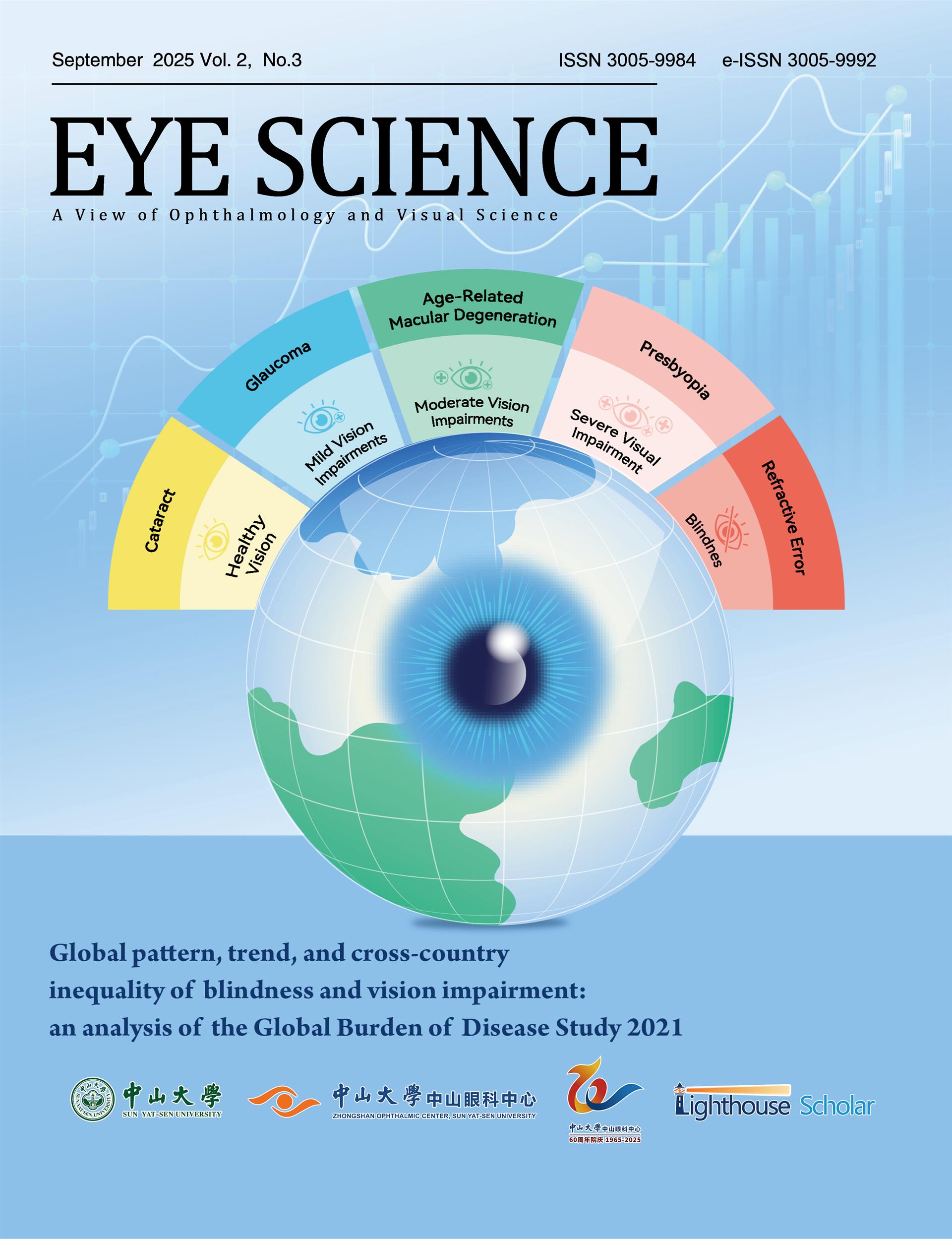Purpose: Artificial intelligence (AI) significantly enhances the screening and diagnostic processes for retinopathy of prematurity (ROP). In this article,we focused on the application and performance of AI in detecting ROP and distinguishing plus disease (PLUS) in ROP. Methods: We searched PubMed, Embase, Medline, Web of Science, and Ovid for studies published from January 2018 to July 2024. Studies evaluating the diagnostic performance of AI with expert ophthalmologists’judgment as a reference standard were included. The risk of bias was assessed using the QUADAS-2 tool and QUADAS-AI tool.Statistical analysis included data pooling, forest plot construction, heterogeneity testing, and meta-regression. Results: Fourteen of the 186 studies were included.The pooled sensitivity, specificity and the area under the curve (AUC) of the AI diagnosing ROP were 0.95 (95% CI 0.93-0.96), 0.97 (95% CI 0.94-0.98) and 0.97 (95% CI 0.95-0.98), respectively.The pooled sensitivity, specificity and the AUC of the AI distinguishing PLUS were 0.92 (95% CI 0.80-0.97),0.95 (95% CI 0.91-0.97) and 0.98 (95% CI 0.96-0.99), respectively.Cochran’s Q test (P < 0.01) andHiggins I 2 heterogeneity index revealed considerable heterogeneity. The country of study, number of centers, data source and the number of doctors were responsible for the heterogeneity. For ROP diagnosing, researches conducted in China using private data in single center with less than 3 doctors showed higher sensitivity and specificity. For PLUS distinguishing, researches in multiple centers with less than 3 doctors showed higher sensitivity. Conclusions: This study revealed the powerful role of AI in diagnosing ROP and distinguishing PLUS. However, significant heterogeneity was noted among all included studies, indicating challenges in the application of AI for ROP diagnosis in real-world settings. More studies are needed to address these disparities, aiming to fully harness AI’s potential in augmenting medical care for ROP.

















